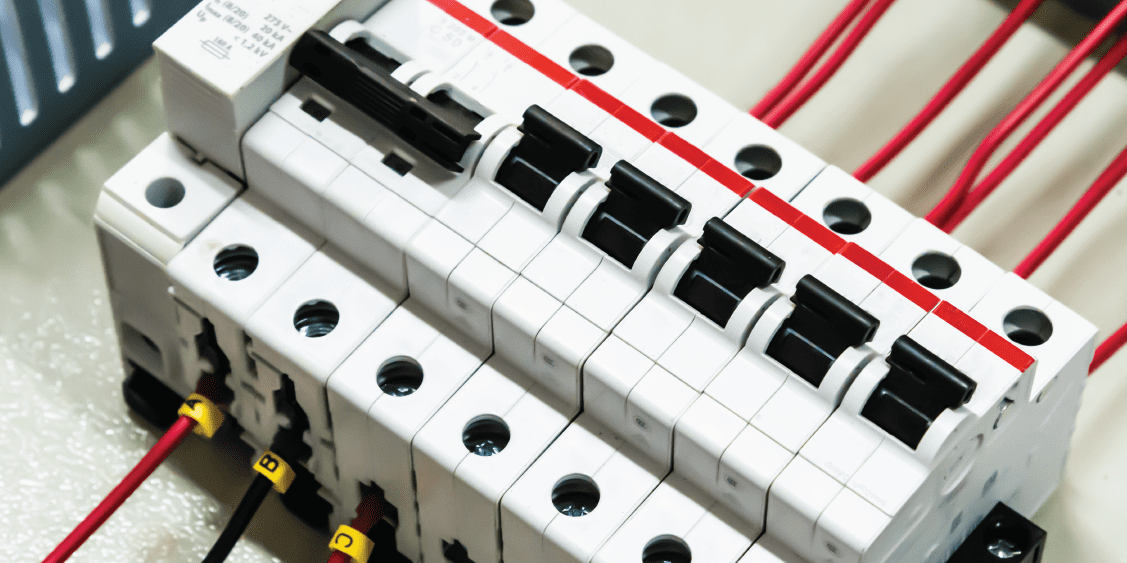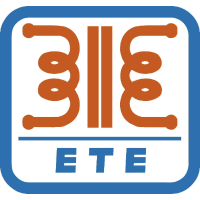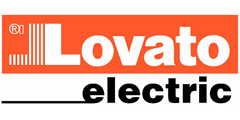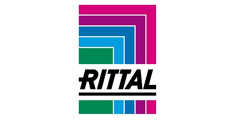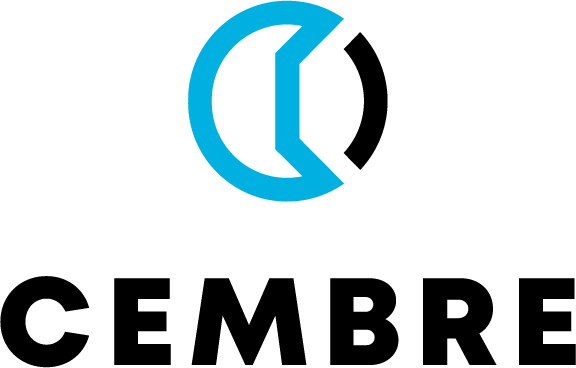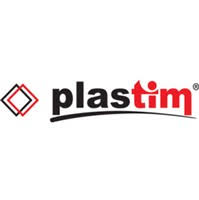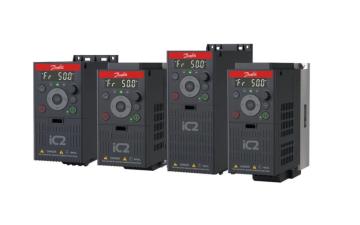Surge protection devices play a vital role in safeguarding health and safety, as well as preserving valuable electrical equipment and machinery, from the significant risks posed by “transients” – the technical term for sudden and temporary spikes in voltage or current within an electrical system.
These transients can stem from diverse sources, including lightning strikes, fluctuations in the power grid, or internal electrical disturbances within your facility. Here at LED Controls, we supply a wide range of surge protection devices to choose from, and with more than 20 years of experience behind us, we know these devices inside out. So whether you need an introduction to how they work, or you just need to refresh your knowledge a bit, let’s take a brief look at exactly what you need to know about surge protection.
What is a power surge, or transient?
A power surge refers to a sudden, temporary increase in voltage that traverses electrical outlets. These surges can arise from various sources, including lightning strikes, fluctuations in the power grid, or internal electrical disturbances within your facility. While some surges may go unnoticed, others can be severe enough to cause irreversible damage to electronic devices and machinery.
It's worth noting that the terms “transient” and “power surge” are sometimes used interchangeably, but technically transient can be used to refer to any kind of sudden and temporary change in power within an electrical system. In other words, it can be a drop or a spike.
Power surge, on the other hand, specifically refers to a sudden increase in voltage above the standard level. That means while power surges are transients, not all transients are technically power surges.
What role do surge protectors play?
Surge protectors are specialised devices designed to absorb excess voltage and divert it away from connected electronics and equipment.
Unlike standard power strips, which only merely provide additional outlets, surge protectors incorporate advanced circuitry to detect and mitigate power surges effectively. Essentially, they act as a barrier between your devices and the electrical supply, helping you to avoid all the associated risks of an overload – from downtime costs all the way up to the potential danger of actual physical harm to your staff.
Types of surge protectors
Surge protectors are available in various different types, each suited to different applications. These types include:
- Plug-in surge protectors - These are the most basic and affordable solutions, which feature multiple outlets and provide varying levels of protection measured in joules. Plug-in surge protectors are best suited to safeguarding individual electronic devices or small clusters of equipment.
- Power strip surge protectors - Much like plug-in surge protectors, power strip surge protectors offer additional outlets along with surge protection capabilities. They’re ideal for organising and protecting multiple devices in commercial or industrial settings.
- Uninterruptible power supplies (ups) - UPS units combine surge protection with battery backup functionality, providing you with peace of mind by giving you access to an uninterrupted power supply during outages or voltage fluctuations. They’re commonly used to safeguard critical systems such as servers, industrial control systems, and automation equipment.
- Whole-house surge protectors - Installed at the main electrical panel, whole-house surge protectors defend against large-scale power surges originating from external sources like lightning strikes. They provide comprehensive protection for all electrical circuits within commercial or industrial facilities.
4 key factors to consider when choosing surge protection
It’s not always easy to choose the best surge protection device for your specific application. We can always provide in-depth assistance here at LED Controls, but as a general starting point, it’s a good idea to consider the following:
- Joule rating - You’ll want to ensure that the surge protector has a sufficient joule rating to absorb energy from power surges effectively.
- Response time - Basically, faster response times minimise the duration of exposure to high voltages, enhancing protection for connected equipment.
- Number of outlets - Don’t forget to choose a surge protector with an adequate number of outlets, to accommodate all your connected devices and machinery.
- Warranty and equipment protection policy - And last but not least, you’ll naturally want surge protectors with robust warranties and equipment protection policies to provide assurance against potential damages.
By investing in quality surge protection devices from reputable manufacturers like Mersen, you can mitigate the risks posed by power surges and ensure the longevity and performance of your valuable assets. As a trusted UK distributor of Mersen surge protectors, at LED Controls we offer a diverse range of surge protection solutions to meet your specific needs and safeguard your operations.
Feel free to explore our surge protectors here, or if you have any questions or need any advice, don’t hesitate to give our team a call on 01706 242050. We’re here to help!







